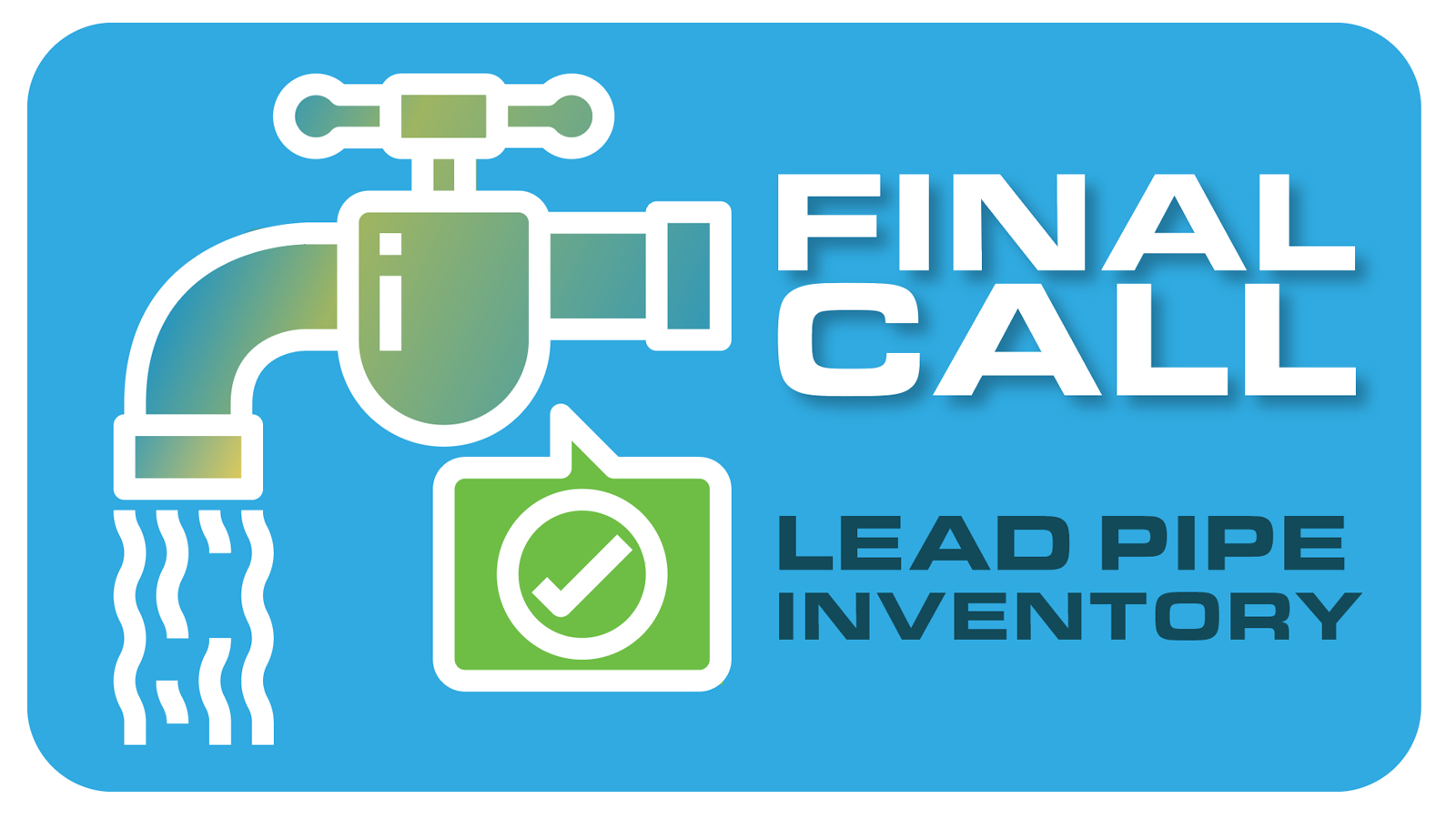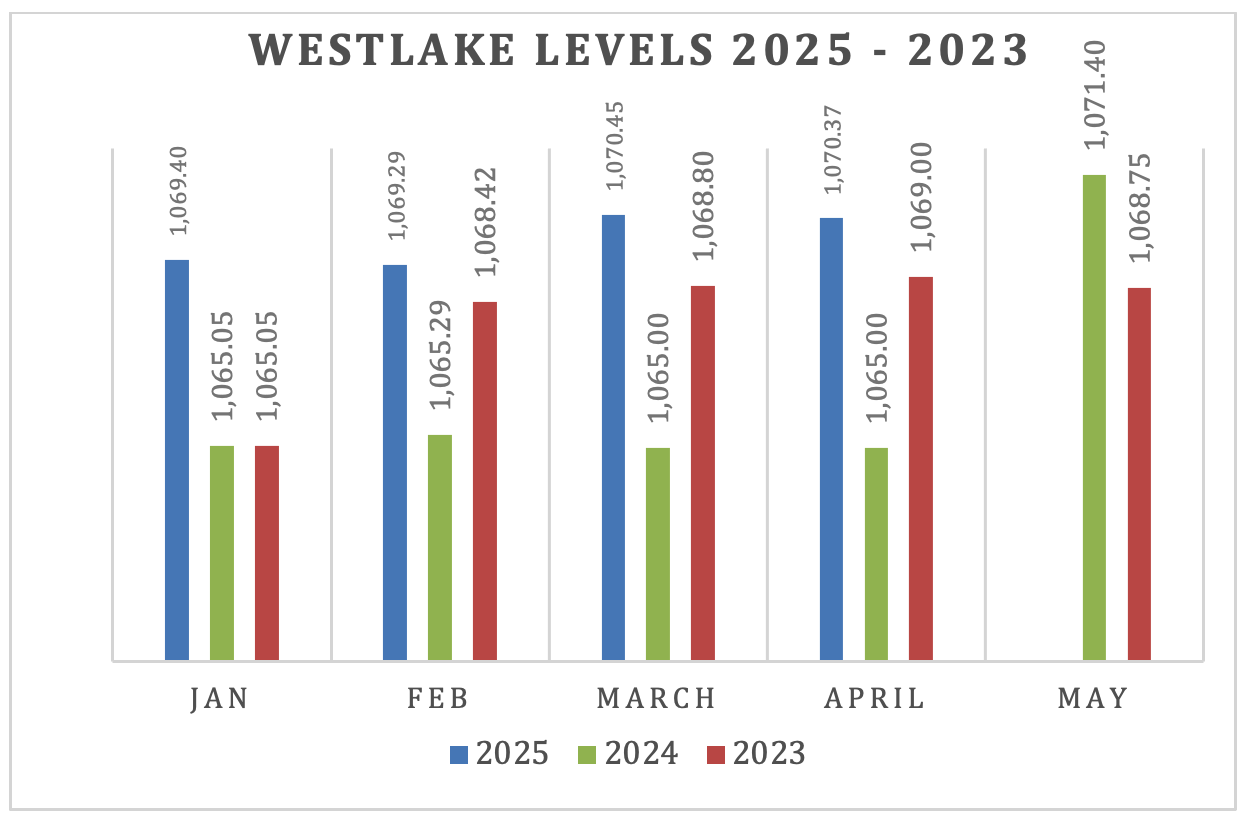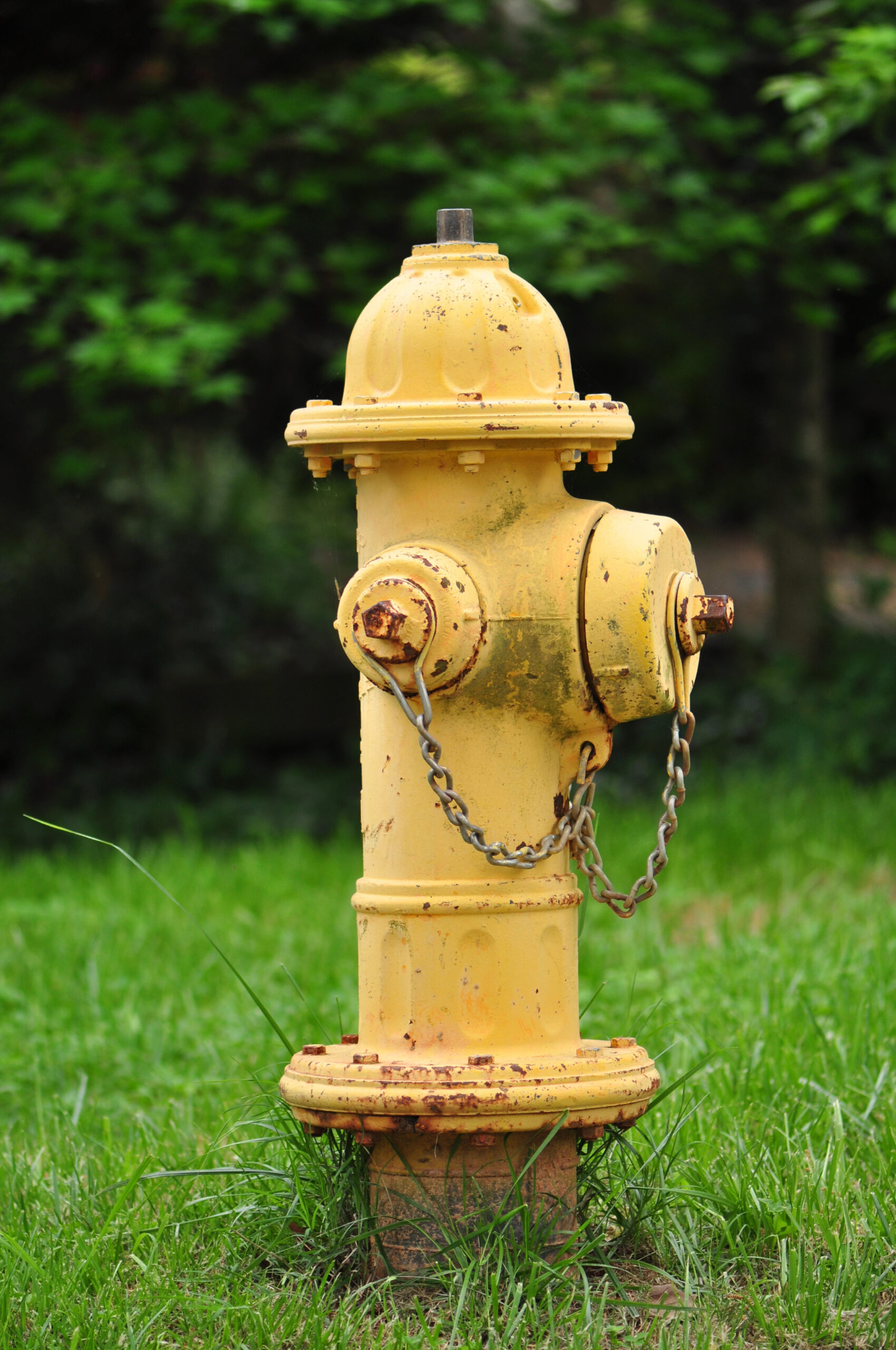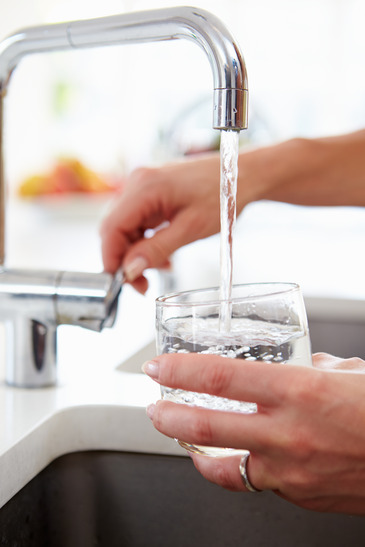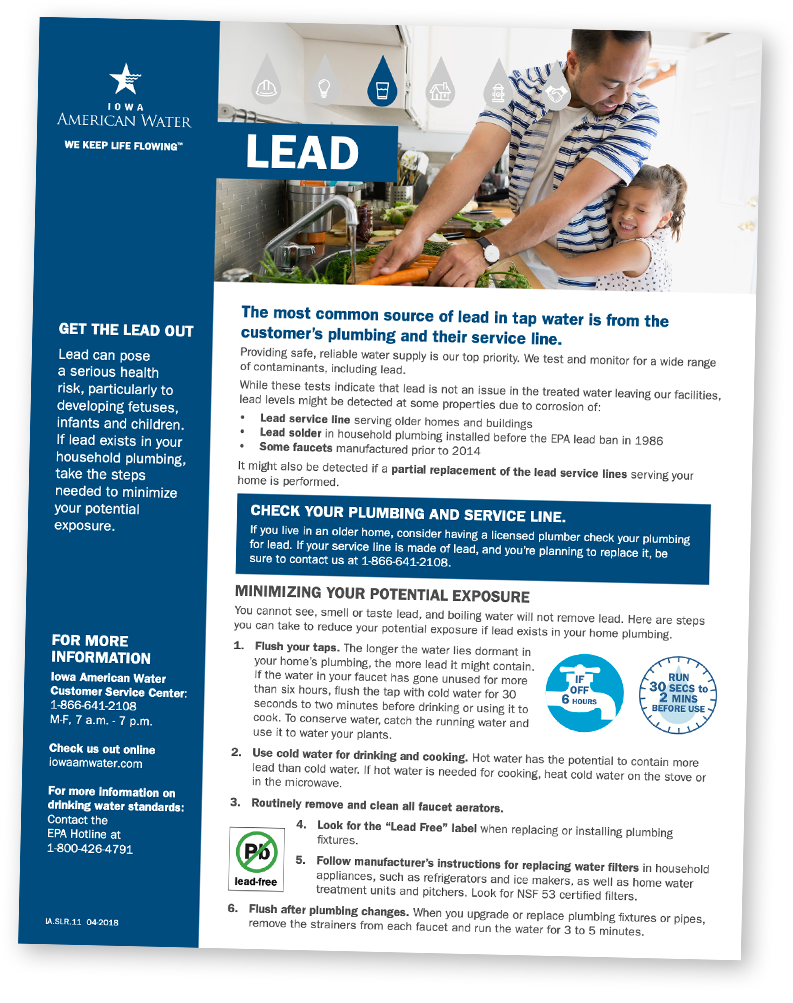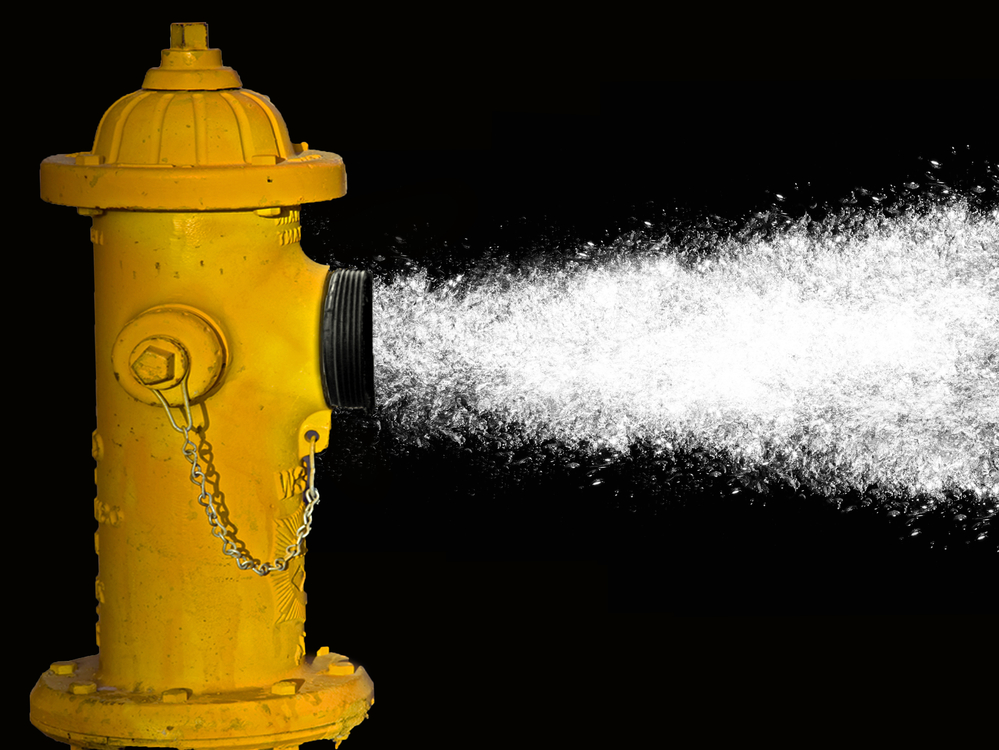In a world filled with tempting drink options that range from frothy coffees to fizzy sodas, it can be easy to overlook the cheapest and healthiest beverage: water. Yet, when comparing health benefits and cost against other popular drink choices, water consistently rises to the top as the smartest alternative for your body and your budget. Drinking water regularly plays an important part in keeping you healthy. It helps keep up your energy during exercise and day-to-day tasks, fights off fatigue and muscle cramps, and aids in digestion and detoxification. Hydration is also crucial for brain function, improving concentration, alertness,
More from My Water Works →Osceola Water Works is issuing a final request to all customers: if you haven’t yet submitted information about your property’s water service lines, please do so before May 20, 2025. The deadline to submit the EPA-mandated Lead Service Line Inventory is fast approaching, and once the report is finalized and submitted, no further properties can be added to the project list. Why This Matters to You The Environmental Protection Agency (EPA) has revised its Lead and Copper Rule, requiring all community water suppliers to complete a detailed inventory of lead service lines throughout their service area. This is a vital
More from My Water Works →As Osceola Water Works closely monitors the water levels at West Lake – Osceola, Iowa’s only water source, it’s important to reflect on the past and to keep the future of Osceola’s water supply in focus. This week’s lake level measured 1070.37 feet above Mean Sea Level (MSL), which is five feet higher than it was at this time last year – but is still more than two feet below full pool level at 1072.7 feet above MSL. In April, 2024, West Lake Level was at 1065.00 and Osceola was in Section 3 – Water Emergency – Restrictions of the
More from My Water Works →Osceola Water Works staff has finalized this year’s fire hydrant flushing with minimal water waste thanks to a local business. Over the past few weeks, Water Department employees made their way around the city and opened fire hydrants for a short period of time, allowing them to flow freely. By doing this, staff were able to perform routine maintenance on the hydrants, making sure they were in good working condition in case of a fire. This process also cleans out sediment that has settled in the water mains and is just one of the ways Osceola Water Works makes sure
More from My Water Works →Starting on Monday, October 7, 2024 and continuing thru November 7, 2024, Osceola Water Works will make a temporary change in the disinfectant used in water treatment. Osceola’s annual switch from chloramines to free chlorine is a common practice in water treatment and OWW goes through the process every fall. Free chlorine is a stronger disinfectant than chloramine, but it cannot be used year-round because it creates byproducts that are regulated by the Environmental Protection Agency. The use of ammonia with chlorine – chloramines – reduces or eliminates these byproducts and helps Osceola Water Works continue to provide clean and safe
More from My Water Works →For decades, the water lines and infrastructure to residential and commercial properties were made of lead and galvanized metals. With a recent announcement from the Environmental Protection Agency (EPA), requiring detailed documentation and subsequent reduction of lead and galvanized lines across the nation, the Osceola Water Works Board decided to proactively contract with V&K Engineering to begin the process of gathering data and creating a plan for the replacement of lead and galvanized lines throughout the Osceola water supply. While new construction has required the use of copper and plastic lines, the recent announcement brings past construction and older infrastructure
More from My Water Works →Starting in October, Osceola Water Works will begin transitioning to winter maintenance and will be making a change in the water treatment process. While residents may notice a difference, there will be no cause for alarm. In early October, the water works department will begin their annual fire hydrant flushing program. This process allows OWW to perform routine maintenance on the hydrants and to clean out sediment that has settled in the water mains. Department employees will open the fire hydrants and allow them to flow freely for a short period of time. Residents may notice a slight discoloration or trace amounts
More from My Water Works →
Turn on the Home and Garden channel or visit newer parks and botanical centers and you are bound to hear about a rain garden. Landscapers, homeowners and conservationists are all catching on to rain gardens and spreading the word about what they do and how to build one. While planning and creating your own rain garden may seem like a daunting task, we’re here to answer some questions! What is a rain garden and why is it important? A rain garden is a landscaped area planted with wild flowers and other native vegetation that soak up rain runoff from roofs, driveways or yards.
More from My Water Works →Over the past twenty years, the consumption of bottled water has become so common, the sales are second only to bottled soda and eclipse both milk and alcohol. But is there really a benefit to drinking bottled water over tap water? Let’s compare the facts and find the real story. The safety of municipal water in the 1800s was suspect and not regulated, and bottled water was definitely a safer gamble. The start of water chlorination in the early 20th century and the Safe Drinking Water Act of 1974 changed that, and the popularity dropped off. With the invention of
More from My Water Works →Washing your car in your driveway on a warm spring or summer day is a rite of passage and a task many drivers look forward to all year. But most people aren’t aware of the damage they’re doing by washing their vehicles in their own paved driveways. Did you know that washing the grime off your car can actually damage Iowa water quality and aquatic life? You’re not only cleaning off dirt, bugs and dust. The water that runs down your driveway and into the storm drains also contains heavy metal from rust, brake linings, motor oil, gasoline, residue from
More from My Water Works →
